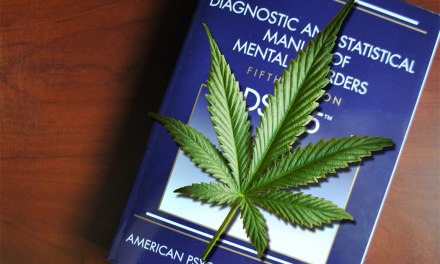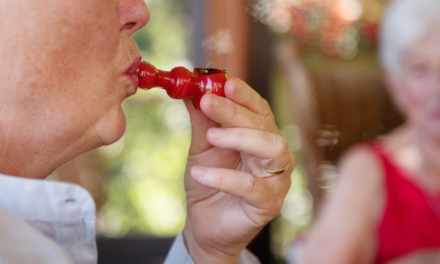Warning: Undefined variable $serie in /home/domains/treatmentandrecoverysystems.com/docs/wp-content/plugins/wp-series-manager/wp-series-manager.php on line 264
Groups are the dominant mode of treatment in many addiction programs, but they don’t always live up to their potential as powerful recovery tools. Reviewing some of the addiction-focused techniques in this article series can give clinicians the power to boost group effectiveness in many treatment settings.
Part One: Groups, From the Beginning
In the early days of alcoholism treatment—not that long ago—clinicians based group therapy approaches on models from other fields. Many were from mental health backgrounds, using methods derived from psychotherapy in classic psychiatric environments. The group orientation was on helping members gain insight into the supposed psychodynamic roots of their problems with alcohol, and the emphasis was on learning to express feelings in the group setting.
To meet the needs of individual members, groups limited structure or used an unstructured model. Members were encouraged to bring emotional problems to the group, and examine their difficulties in psychodynamic terms. The group would aid the process of self-examination by providing support and feedback.
Some groups focused on other psychologically-based approaches such as Gestalt, transactional analysis, etc. And although each model characterized addicts and alcoholics as suffering from a “disease,” the term was used in a loose, general sense. The dynamic of addiction was still viewed as intrapsychic or interpersonal. There was little attention to the physiology of addiction.
On the other end of the spectrum were the clinicians rooted in the early field of narcotics addiction, using the theory and practice of “confrontation.” In this model, the assumption was that addiction resulted from a “dependent personality,” armored with rigid defenses. The role of the group was to help strip away these defenses, help the addict “open up,” and put them in touch with reality. Again, the disease itself was of secondary importance to the concern with the addict’s character.
Another group of clinicians began to emerge as Twelve Step fellowships began to grow. Recovering addicts and alcoholics, many of them former patients, grew interested in professional counseling. Their group sessions more closely resembled AA meetings, with an emphasis on self-disclosure and a spiritual tone.
As the treatment field grew, the models began to merge. Many programs adopted some features of each. Practically every form of group devised has been adapted and put to use at some facility! We’ve experienced values clarification groups, gestalt groups, stress reduction groups, guided imagery groups, family and couples groups, and many more, all in the name of treating addiction.
Therein lies the contradiction: While they may be helpful for many purposes, for the treatment of a chronic disease, physiological in origin and process, many of them are simply not very successful.













